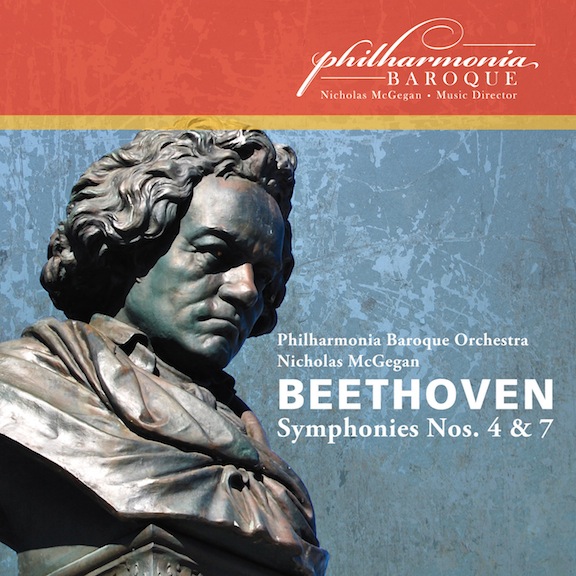Anyone with even a glancing knowledge of Western music history knows that Beethoven first rattled the cage of Classical form, then demolished it with oupourings of emotion using then-unconventional means. But so much of the Beethoven we hear on symphony stages sounds so tame. Is this really the music that shocked listeners 200 years ago?
- Classical Music 101: What Does A Conductor Do? - June 17, 2019
- Classical Music 101 | What Does Period Instrument Mean? - May 6, 2019
- CLASSICAL MUSIC 101 | What Does It Mean To Be In Tune? - April 23, 2019
I’m willing to bet this question won’t come up for people listening to Tafelmusik’s concerts this week (beginning Thursday, at Koerner Hall) or savouring a new album just released by northern California’s period-instrument Philharmonia Baroque.
Listening to Philharmonia Baroque under music director Nicholas McGegan (a regular and welcome guest with the Toronto Symphony Orchestra) is a thrill. Beethoven’s weird modulations, dramatic pauses and sudden emphases and overall seeking for dramatic scope and contrast all come vividly to life.
On this album, released by Philharmonic Baroque Productions (the orchestra’s in-house audio-marketing arm, similar to Tafelmusik Media), McGegan has paired the relatively (for Beethoven) well-ordered Symphony No. 4 (which is on Tafelmusik’s programme with conductor Bruno Weil), with the boundingly dramatic Symphony No. 7.
Throughout, the string players have to dig especially deep, sometimes to the point of desperation. The winds have their work cut out for them, too, giving the music that sharp edge that Beethoven must’ve been hearing in his mind’s ear. This is what excited listeners in 1813 — and still sounds exciting in 2013.
McGegan deserves a lot of credit for the extra-fine detail in these excellent, edge-of-my-seat performances. Above all, it’s his sense of pacing — of knowing exactly when to speed up, when to pull back, when to let the notes tumble into each other and when to keep us waiting for more — that makes this album far more magnetic than the average performance by a modern symphony orchestra.
Although the Fourth was recorded three years after the Seventh (in 2009), the engineers have achieved the same ample-yet-clear recorded sound from First Congregational Church in Berkeley, Calif.
You can find all the details here.
For a sample of McGegan’s fabulous work with the Philharmonia Baroque, here they are (in 2007) in the third movement of Beethoven’s Ninth, as illustrated visually by Stephen Malinowski’s Music Animation Machine:
John Terauds
- Classical Music 101: What Does A Conductor Do? - June 17, 2019
- Classical Music 101 | What Does Period Instrument Mean? - May 6, 2019
- CLASSICAL MUSIC 101 | What Does It Mean To Be In Tune? - April 23, 2019




